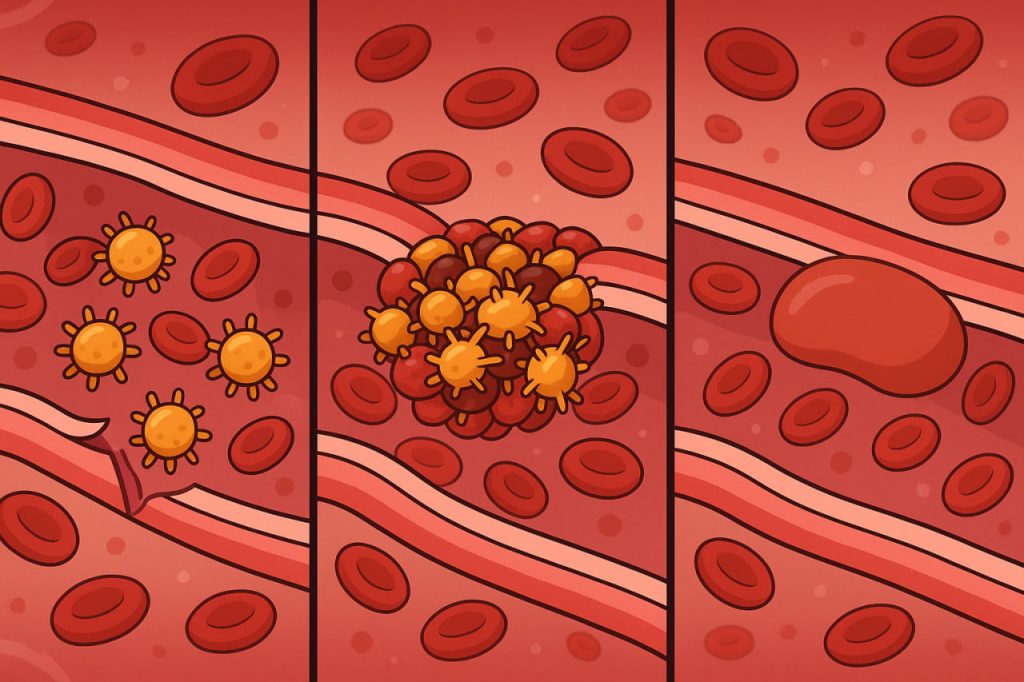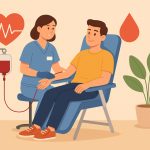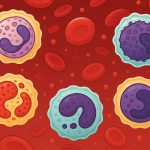Platelets, also known as thrombocytes, are small, disk-shaped cell fragments in the blood that play a key role in blood clotting and wound healing. Although they are not full cells like red or white blood cells, platelets are essential for survival, as they stop bleeding and help repair damaged tissues.
How Platelets Are Formed
- Platelets are produced in the bone marrow from large cells called megakaryocytes.
- These megakaryocytes shed fragments of their cytoplasm, which become platelets.
- A healthy adult has about 150,000–400,000 platelets per microliter of blood.
Functions of Platelets
- Stopping Bleeding (Hemostasis)
- When a blood vessel is injured, platelets rush to the site.
- They stick to the damaged vessel walls and to each other, forming a platelet plug.
- Clot Formation
- Platelets release chemical signals that activate clotting factors.
- These factors create a mesh of fibrin threads, stabilizing the plug into a firm clot.
- Wound Healing
- Platelets release growth factors that stimulate tissue repair.
- They help new cells and blood vessels grow, speeding up healing.
- Defense Role
- Platelets interact with the immune system, helping defend against infections.
Disorders of Platelets
- Thrombocytopenia (low platelet count)
- Can cause excessive bleeding and bruising.
- May result from bone marrow problems, infections, or medications.
- Thrombocytosis (high platelet count)
- May lead to excessive clotting, increasing the risk of stroke or heart attack.
- Platelet dysfunction
- Platelets may be present in normal numbers but fail to function properly, leading to bleeding disorders.
Everyday Importance
- Without platelets, even small cuts would bleed uncontrollably.
- Medical procedures such as surgery or blood donation require monitoring platelet levels.
- Platelet transfusions are life-saving for patients undergoing chemotherapy or suffering from clotting disorders.
Conclusion
Platelets are tiny but powerful components of blood. They stop bleeding, form clots, and promote healing, acting as the body’s natural first-aid system. Balanced platelet function is crucial — both too few and too many can cause serious health problems.
Glossary
- Thrombocytes – another name for platelets.
- Megakaryocytes – large bone marrow cells that produce platelets.
- Hemostasis – the process of stopping bleeding.
- Fibrin – protein threads that stabilize a blood clot.
- Thrombocytopenia – condition of low platelet count.


